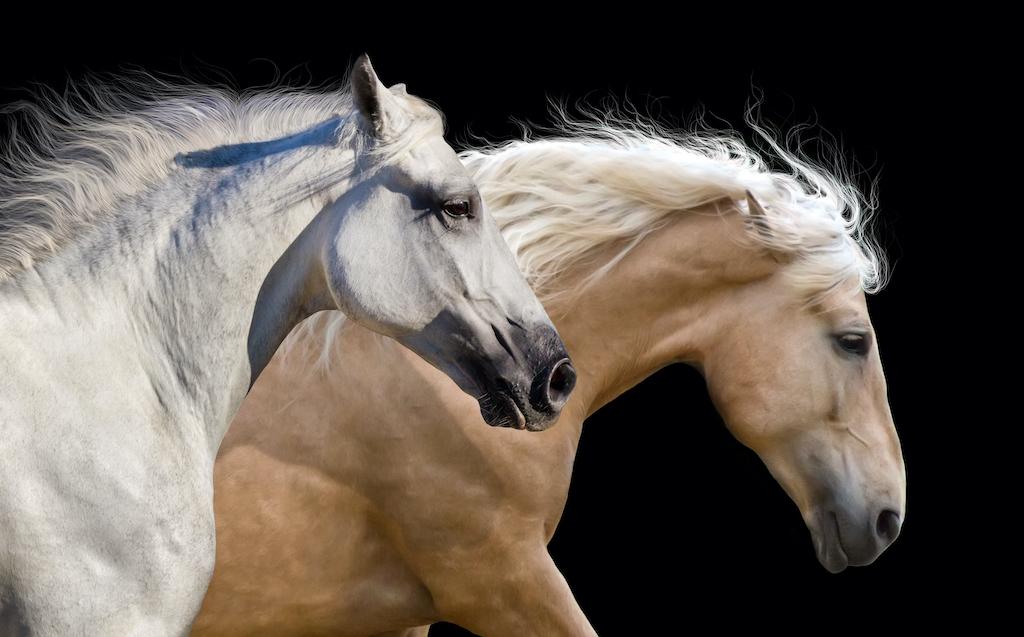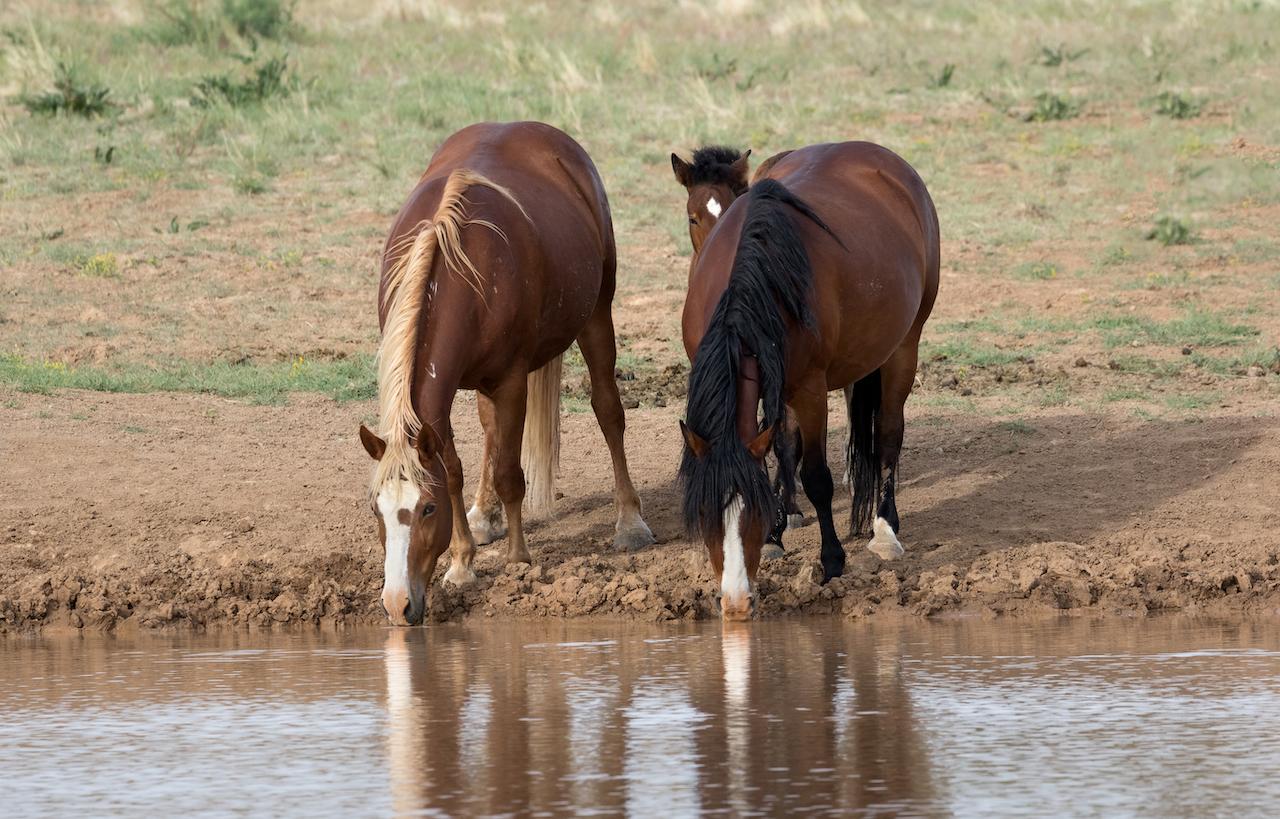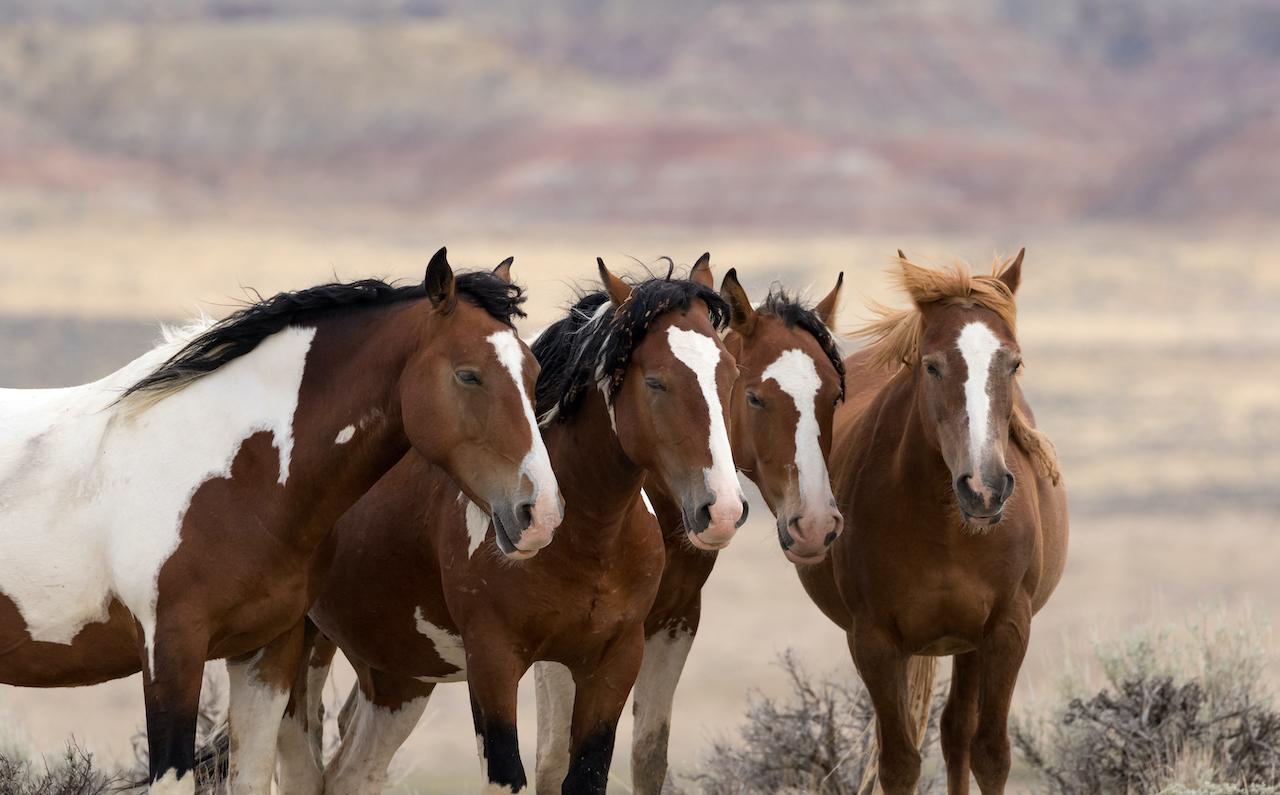25 September, 2023
The horse was born without horseshoes and his hooves are ready to walk without them. But human intervention has made the horseshoe a necessary element for certain situations. It has been proven that a horse kept in ideal living conditions forms hooves that are resistant to all types of demands, even when the horse is ridden.
Not all horses enjoy optimal living conditions; in such cases the horseshoe may be necessary. We need to stop making all horses go barefoot or all have horseshoes. The variety of situations is currently so great that there are horses that never need to wear horseshoes, and there are others that need to be shod: why wear horseshoes on a horse that only fulfills the function of a pet on a green meadow? Why not a horseshoe for a horse that does not enjoy ideal living conditions and has to work daily on the land, where the wear and tear on its hooves is greater than what grows back?

We must use every opportunity intelligently when we think about the horse's welfare. We should know that the world is bigger than what we see in front of us. Considering all alternatives in a sensible way allows us to choose the best for each horse in its current situation, in any location in the world.
It is necessary to have an open mind to be able to choose the best for the horse according to its current situation. These days there are many ways to keep a horse's hooves healthy, be it barefoot, with hoof boots or with horseshoes.



